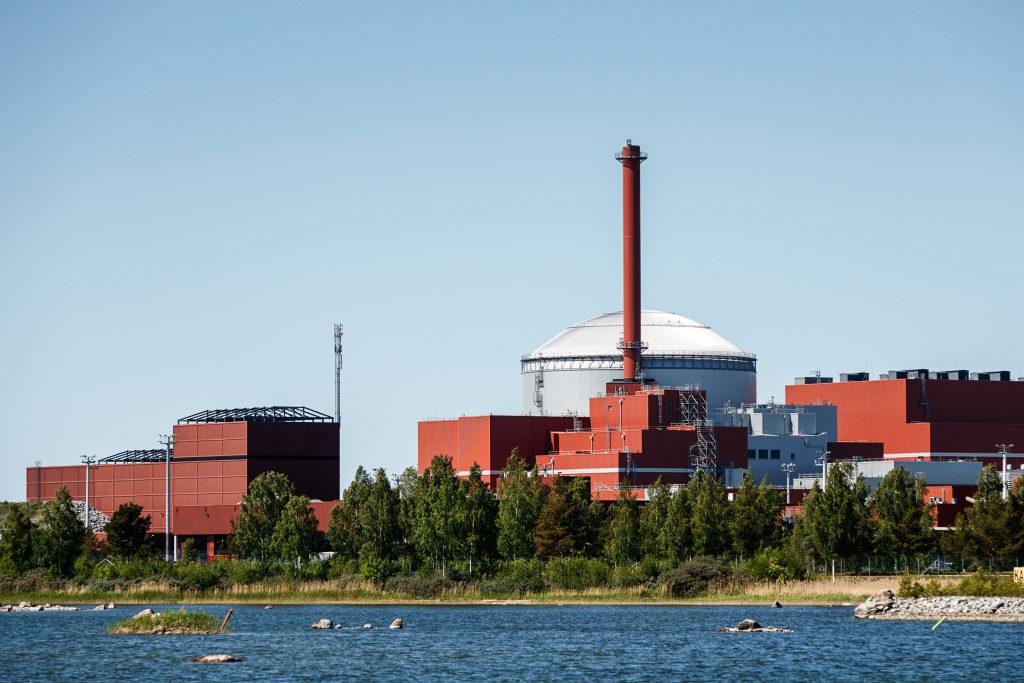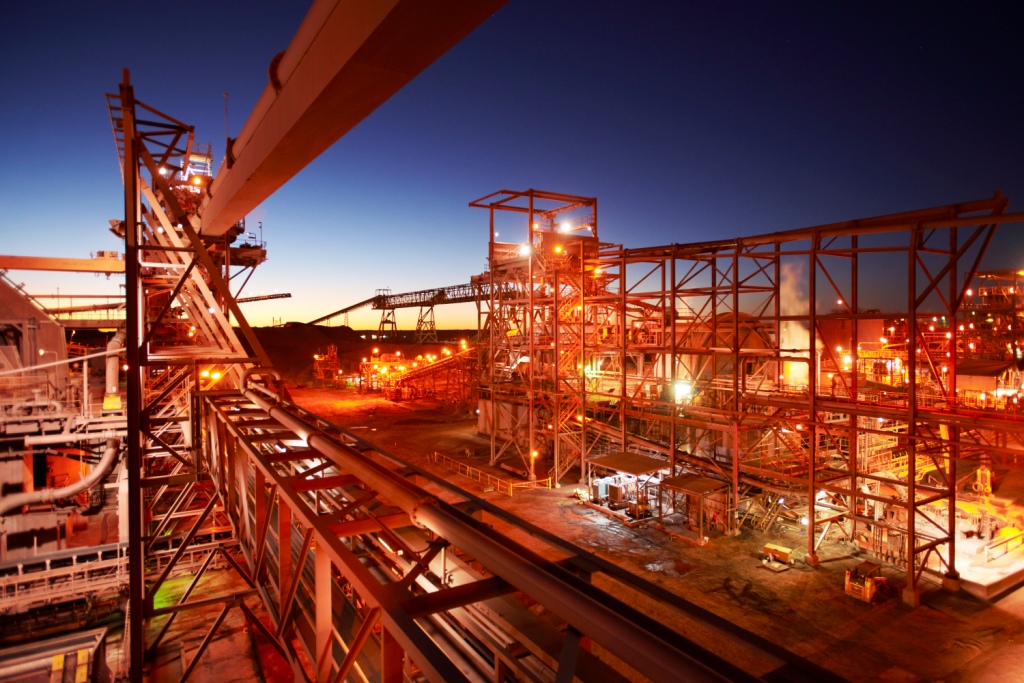Free Markets Work Better for Energy
Energy is again front and centre in the news with the debate over the merits of nuclear energy becoming mainstream. But then last week the Prime Minister announced a new scheme to subsidise the manufacture of solar panels in Australia. One wonders whether this is to support industry or just to close down a debating point against solar – that only 1% of the hardware used in Australia is manufactured locally.
The push by governments worldwide to subsidise solar energy, under the banner of sustainable development and carbon neutrality, seems forlorn.
The truth is that free markets are more effective at capital allocation and problem solving than governments (assuming you accept there is a problem that needs solving). Free markets operate on profit incentives, driving businesses and individuals to invest resources where they are most efficiently used and valued, leading to innovation and optimal distribution of goods and services.
The DeGrussa solar and battery project in Western Australia epitomises the sheer lack of commercial savvy possessed by government.
Australia’s existing solar energy subsidies are an obvious illustration of the misaligned priorities and inefficiencies that can arise from government intervention. The Albanese government’s commitment to injecting $1 billion into domestic solar panel manufacturing, including in coal-rich areas like the Hunter Valley, is a classic example of the triumph of hope over experience.
Australia’s history is littered with government involvement in business sectors that wasted tax payer money through inefficiencies. The proof of free market superiority was demonstrated when entities like the Commonwealth Bank of Australia was privatised (under Paul Keating), as was Telstra (under John Howard), and Qantas Airways (under Bob Hawke). Each became far more efficient and successful post-privatisation.
A particularly significant example is the case of Commonwealth Serum Laboratories, privatised under Paul Keating. Originally government-owned, CSL was started in 1916 to “serve the health needs of a country isolated by war”. Fair enough perhaps.
The push by governments worldwide to subsidise solar energy, under the banner of sustainable development and carbon neutrality, seems forlorn.
CSL was privatised in 1994 and has since been transformed into a global biotechnology powerhouse. Post-privatisation, CSL significantly increased its operational efficiency, innovation capacity, and market reach, becoming a leading provider of vaccines and plasma products worldwide. CSL’s journey from a national vaccine manufacturer to a global biotech leader underscores the difference between how governments lose and free markets win.
Albanese ought to learn lessons from Keating and Hawke on the superiority of private capital at solving public problems (banking, telecoms and aviation). Is energy so different? And what does the Albanese government think it is going to achieve anyway with this $1bn investment? How will Australian ventures compete with global giants, especially Chinese manufacturers which benefit from (ironically) cheaper electricity, lower labour costs, and economies of scale?
The DeGrussa solar and battery project in Western Australia epitomises the sheer lack of commercial savvy possessed by government. Funded in part (and thus enabled) by federal taxpayers, it is now being dismantled after just seven years, highlighting the precarious financial underpinnings of these subsidised solar ventures. This project, once a beacon for renewable energy in remote mining operations, became a financial quagmire, with the cost per tonne of avoided greenhouse gas exceeding market rates for carbon credits.
The DeGrussa project serves as a cautionary tale. There is a broader trend of hasty government interventions in the solar energy sector, driven by politics motives rather than economics.
While the drive towards renewable energy may be commendable (let’s buy into that for the sake of argument), the path to achieving it must be paved with prudent financial decisions and strategic planning – best executed by the free market.







